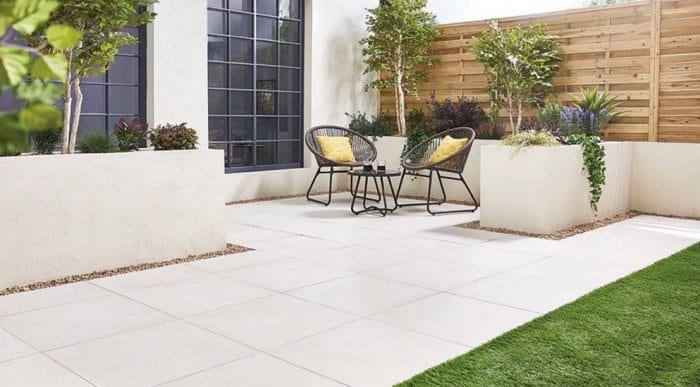Paving Grout: Everything You Need To Know

Paving grout is a high-quality sealant and joint compound that is used to seal cracks in sidewalks, driveways, and other paved surfaces. Here are the basics you need to know about this product: what it is, how to use it, and some tips for choosing the right type of paving grout for your needs.
What is Paving Grout and How is It Used?
Paving grout is a type of cementitious material that is used as a surface coating for asphalt, concrete and other types of paving. Paving grout is a white, powdery substance that is mixed with water and then applied to the desired surface. Once it has been applied, the grout will harden and form a layer over the surface. This layer can then be smooth or textured using a sandpaper or trowel.
Paving grout is typically used to create a uniform appearance on surfaces that are in contact with the ground. It can also be used to fill in cracks or gaps in pavement surfaces. Paving grouts are often color-coded based on their compatibility with specific types of adhesives and sealants.
Types of Paving Grouts
There are a few different types of paving grouts that can be used in both new and restoration projects. Here is a brief overview of each type:
1. Acrylic Paving Grout: This type of grout is made from acrylic resin, which makes it lightweight and easy to work with. It has a smooth finish and is usually used for decorative purposes, such as around flower pots or planters.
2. Traditional Paving Grout: This type of grout is made from Portland cement, sand, water and aggregates and is typically used for concrete replacement or restoration projects. It has a rough texture that can be polished to achieve a high-gloss finish.
3. Dry Bonded Paving Grout: This type of grout is made from calcium silicate and bonding agents that create a hard, durable surface. It’s often used for areas that will see heavy use, such as walkways or driveways.
4. Waterproofing Paving Grout: This type of grout is designed to protect surfaces from moisture damage and graffiti. It’s made from Portland cement, sand, water and an adhesive that forms a seal when the grout dries.
Preparation and Cleanup Tips for Paving Grout
If your home has recently been grouted, there are a few things you should do before you start cleaning up. First, make sure the grout is dry. If it’s still wet, it will be difficult to clean and remove all the debris. Second, use a stiff brush to scrub any dirt or debris off of the surface. Finally, use a mixture of water and vinegar to clean the area. Be careful not to get vinegar on the grout itself – just on the surface where it meets the floor.
Choosing the Right Type of Paving Grout for Your Project
There are many types of paving grout, each with its own benefits and drawbacks. When deciding which type to use for your project, consider the following factors:
1. Type of substrate. Paving grout is most effective on hard surfaces such as concrete or asphalt. If the surface is softer, such as brick or cement, a more permeable grout may be necessary to avoid preventing moisture from seeping through the substrate.
2. Texture. Paving grout comes in a variety of textures, from fine to course. Coarse-textured grouts are denser and work better on surfaces that need a stronger grip than fine-textured grouts. Fine-textured grouts are less dense and can be used on softer surfaces if necessary.
3. Coverage area and application time. Pouring too much grout will fill in cracks and pores in the substrate and create a difficult surface to walk on or paint over later; pour moderately to allow for good coverage without overdoing it. Applying grout in warm weather will help it set faster, while applying it in cold weather will slow down the process and leave areas that cannot be filled in with mortar until warmer weather arrives
Tips for Using Paving Grout in a Way That Looks Good and Lasts Longer
There are a few things to keep in mind when using paving grout. First, make sure the grout is the right color and consistent. Second, use a sealant if needed. Third, be careful not to scratch or damage the surface of your driveway or sidewalk local SEO houston. Finally, be patient – grouting can take a while to finish!
When choosing the right type of grout for your project, make sure to consider the color and texture of your driveway or sidewalk. Some types of grout are more visible than others and may not be ideal for areas that are frequently walked on. The most common types of grout are called “polished,” “semi-polished,” or “unpolished.” Polished types of grout have a very smooth surface and can look very sleek and polished. Semi-polished types of grout have a slightly rougher surface and may look more like traditional concrete. Unpolished types of grout have a slightly textured surface and can look more natural.
Once you’ve selected the type of grout that’s perfect for your project, it’s time to choose the correct consistency. Most polishes come in two different consistencies: “thinner” and “thicker.” Thinner polishes can be used on lower levels of traffic areas such as driveways or walkways; thicker polishes are used for higher-traffic areas such as sidewalks geocentury. It’s important to use the right consistency for your



